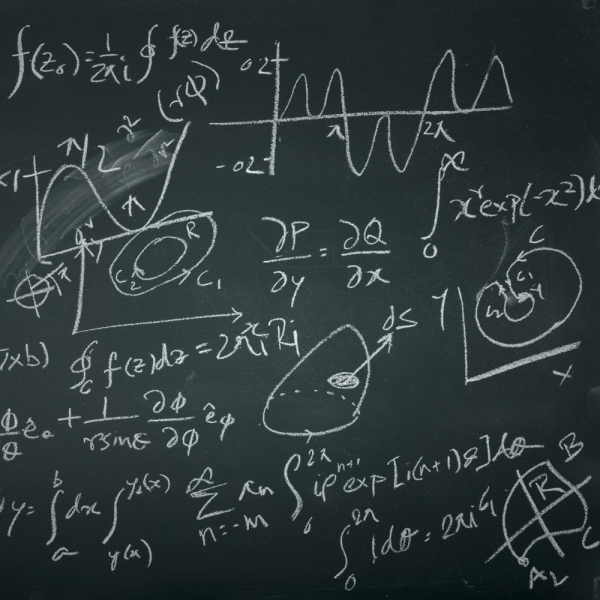Your cart is currently empty!
Calculus
Grade:
9-12
Duration:
2 Semesters
Credit:
1.0
Prerequisites:
Pre-Calculus
Materials:
Yes, see below.
This High School Calculus course is designed with the intent for students to incorporate the concepts of all previous math courses and expand upon these concepts with the implementation of limits.
This High School Calculus course is designed with the intent for students to incorporate the concepts of all previous math courses and expand upon these concepts with the implementation of limits. Emphasis is placed upon the multi-representational approach to calculus where problems and their solutions are explored and interpreted graphically, numerically, analytically, and verbally. Students will also be required to explain their answers in written form and will be asked to compare their written response to the grading rubric and explain why they feel they should receive that grade. Students are required to use graphing calculators. These calculators will be used in a variety of ways including multi-representation of equations (graphs and tables) and for conducting explorations with various functions and how different values change the look of the function.
Students should develop a deeper understanding of very small and very large numbers and a variety of ways to represent them.
Representations should be used to model and interpret physical, social, and mathematical phenomena.
Mathematical thinking should be communicated coherently and clearly to teachers, peers, and others.
Students should be able to judge the meaning, utility, and reasonableness of the results of symbol manipulation, including those carried out by technology.
Functions should be analyzed by investigating rates of change, intercepts, zeros, asymptotes, and local and global behavior.
Students should be able to use the language of mathematics to express mathematical ideas incisively:
– The connection between derivatives, antiderivatives, and integrals.
– Theorems involving integrals including the Fundamental Theorem of Calculus and the Second Fundamental Theorem of Calculus.
– How to construct antiderivatives using graphs, numbers, and differential equations.
– Different types of functions require different methods of finding integrals.
– When we can’t find an exact integral, we can use approximation to find approximate integrals when there is not a finite interval.
– Use integrals to compute volumes of irregular shapes.
– Use integrals to solve differential equations.
– Use integrals to solve real world exponential growth and decay problems.
A graphing calculator. Gcalc is a free download if you do not have a hand-held.
Digital Textbook: Calculus, Volume 1 from OpenStax (Will be provided as a downloadable .pdf once in the course)
ISBN-10: 1-947172-13-1
ISBN-13: 978-1-947172-13-5
What TO EXPECT
See what our program is like after you get enrolled for parents and students.
Full-Time ProgramS
Our full time online tuition programs include enrollment for the school year (i.e. two semesters). Tuition varies based on our different programs. We recommend that students wishing to take 4 or more individual classes apply to our Full-Time Tuition Programs.
Highly Qualified Teachers 24/7 Access to Learning Platform Optional Weekly Group Synchronous Sessions And More!








